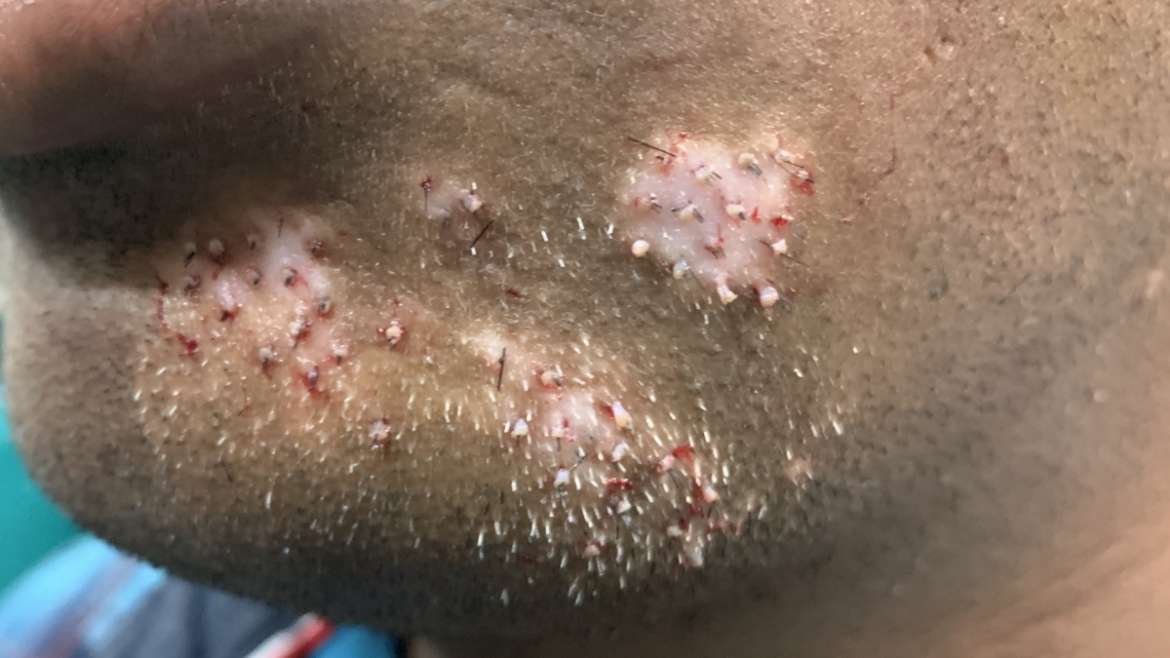Vitiligo is an auto-immune skin condition that results in the loss of Melanin which leads to depigmented/white skin. This is caused by the progressive loss of melanocytes, the cells that produce Melanin. Though Vitiligo affects only about 1-2% of the world’s population, there’s no age or gender barrier to the condition.
Treatment options for Vitiligo
Skinessence offers various modalities of treatment to recover skin pigmentation.
Surgical treatment has a high success rate of nearly 75-100%.
Surgical treatments have 4 main modalities to treat vitiligo.
This is ideal for small patches of Vitiligo located over palms, soles, and nipples. The re-pigmentation begins by about 4-6 weeks following surgery and complete re-pigmentation is expected by 6-8 months.
This type of surgery is best suited for Vitiligo patches over the lips and eyelids, producing excellent cosmetic results with high success rates.
The non-cultured melanocyte cell suspension technique is the gold standard for surgical treatment of vitiligo with very high success rates. This is the treatment of choice for large patches of vitiligo. They result in excellent colour matching. A small donor graft is enough to cover large areas of the vitiligo patch in a single session.
This new technique is employed for vitiligo patches in hairy areas. It can be used to treat vitiligo in difficult areas like eyelashes and eyebrows as well.
Vitiligo treatment is time-consuming as one has to be patient when it comes to expecting positive results. Though the treatments mentioned above can prevent the progression of lesions and help regain colour, there is no permanent cure for the disease.
FAQs
Vitiligo is an autoimmune disease, meaning one’s own white blood cells attack the melanocytes, the cells that produce melanin in the body. The constant attack also means new cells cannot be produced and the person ends up habing depigmented skin.
Vitiligo can be triggered under the following circumstances:
- Family history of vitiligo
- Excess exposure to phenol substances
- Presence of autoimmune problems – like hyperthyroidism, diabetes, alopecia
areata and rheumatoid arthritis - A stressful event
Vitiligo is not gender or race-biased but is more visible in people with darker skin. Also people who are between 10-40 years. It does not affect people below or above the age.
Though vitiligo can be genetically transferred from one generation to another, the disease is not communicable from person to person. You can be in contact with persons who have contracted the disease without the fear of contracting the disease.

